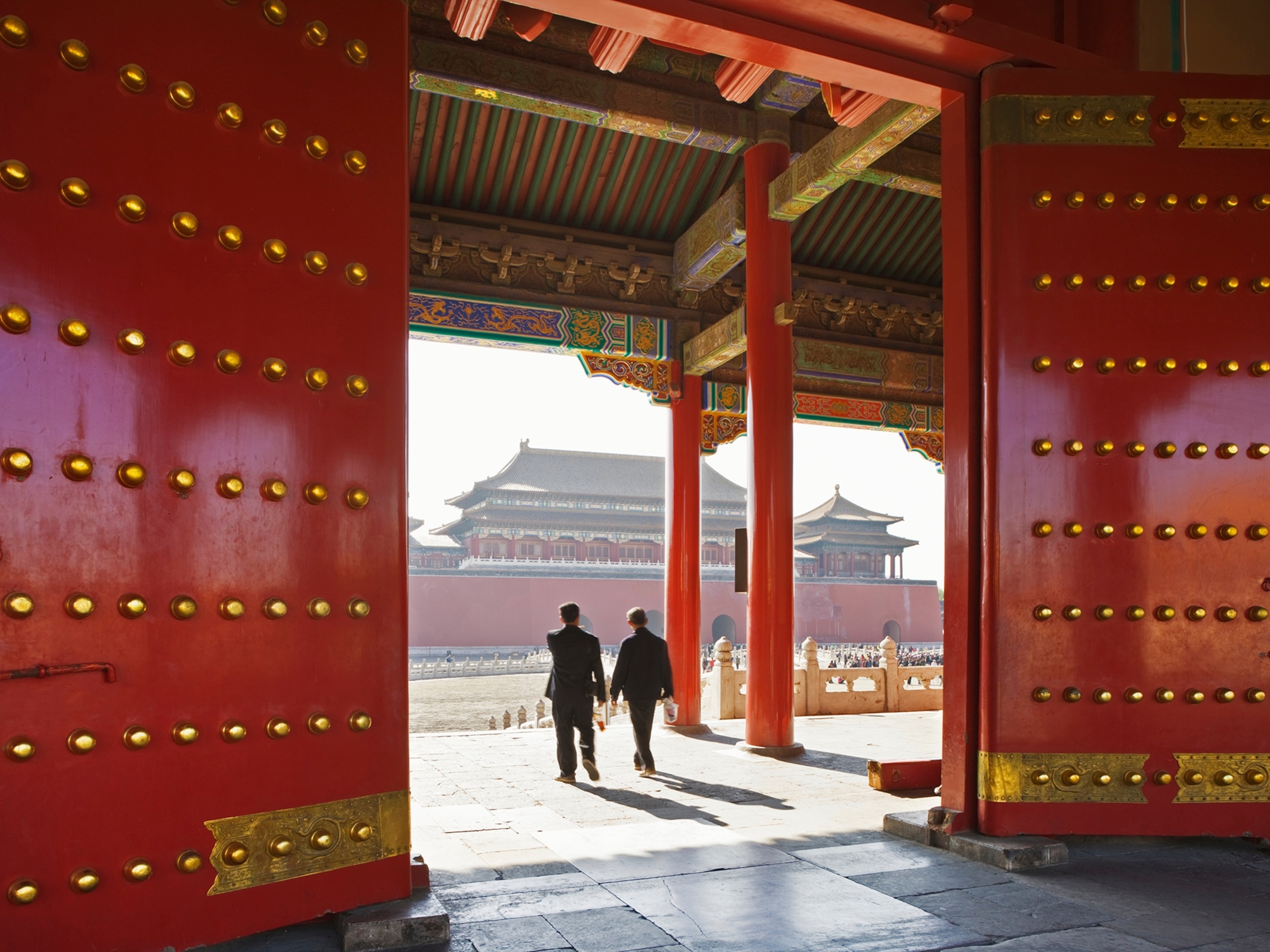Abandoned 'Battleship Island' Is Crumbling. Can It Be Saved?
Japan’s Hashima Island was once one of the most densely populated areas in the world. Now, scientists are trying to save it.
When humans left, nature prevailed. On Hashima Island, a 16-acre patch of land off the southern coast of Japan, grass and vines and flowers flourish as concrete and steel wither. Once one of the most densely populated areas in the world, it’s been uninhabited since the mid-1970s. It’s become a destination for adventurers, turned into an evil villain’s lair in the James Bond film Skyfall, and filmed for National Geographic’s One Strange Rock.
Beginning in 2011, Takafumi Noguchi and a team of researchers began traveling to the dilapidated island, also known as Gunkanjima (Battleship Island) after its vaguely ship-like shape, to measure the deterioration of the reinforced concrete buildings. Their ultimate goal is saving them.
Jutting out of the sea, Hashima’s crammed collection of apartment buildings experiences weathering from corrosive seawater and typhoons. Its location and density of buildings presents a unique case study.
“Accumulated reinforced concrete ruins do not seem to exist except Hashima,” says Noguchi. “Concrete structures built in ancient Rome are the only competitor, but they do not contain reinforcing steel.”
Industrial Roots
The island played a key role in Japan’s rapid industrialization during the rising years of the 20th century. Mitsubishi Corporation developed the land, which sits atop an undersea coal mine that provided fuel for the surging country.
At its peak, more than 5,000 people worked and lived within the seawall that encircles the small island. The mines were closed in 1974, and the island was abandoned. It was deemed a UNESCO World Heritage site in 2015. (Related Article: These Ghost Towns Once Thronged With Life)
Preserving the Past
Carefully strolling through the crumbling high-rises, Noguchi’s team uses scanners, including infrared lasers, to study corrosion and cracking in the concrete, as well as the structural integrity of the steel bars that form the brittle bones of the buildings. Some steel is so corroded that the buildings are close to collapse. With proper care, they may survive.
“Our findings proved that collapsing reinforced concrete buildings can be repaired, strengthened, and preserved,” Noguchi says. “It is expected that several structures will survive in the world.”
The study also found that newer building materials aren’t always the best—ceramic is the most durable, while steel is the worst. It’s Noguchi’s hope that by preserving the buildings, more people will be able to experience the time-frozen island.



